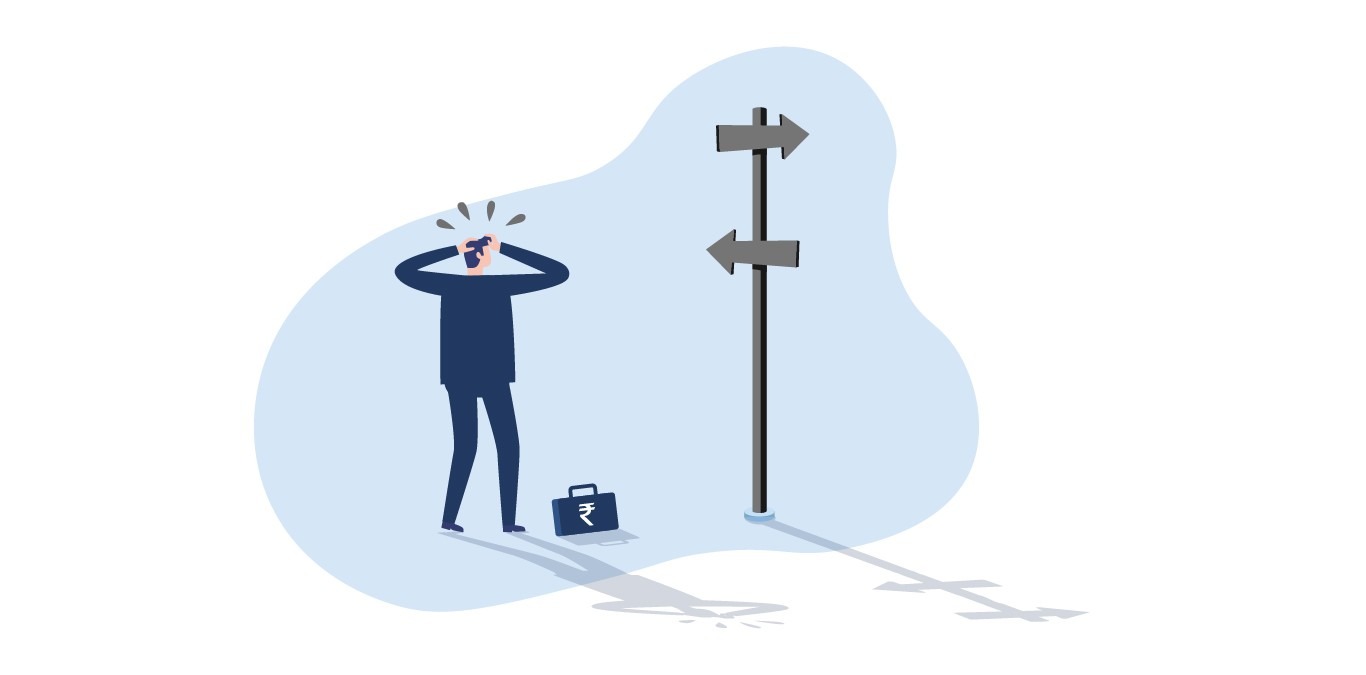Today, if you read news, most of the news you are likely to come across may be quite disturbing.
If daily news about rising Covid-19 cases look repetitive, you will surely be moved by the news and photos of migrant workers making hazardous journeys from cities to their villages by foot or on overcrowded trucks. And yes, not to forget the recent locust attacks.
Covid-19 cases across the globe have touched a dangerous 5.9-million mark with over 3,66,913 deaths. Among the worst-hit countries are the United States, Spain, Russia, UK, Germany, Brazil, Italy, France, and the count is increasing every day.
The United States happens to be the worst-hit country with positive cases toll at 1,793,530, including 104,542 deaths, followed by Brazil with 4,68,338 cases including 27,944 deaths.
India is not too far behind in the list with over 1,73,763 cases which makes it the 9th worst affected country in the world.
With manufacturing coming to a standstill due to lockdown across many places in India, and many people losing their jobs from diverse industries such as travel, hospitality and other sectors, the economic situation looks grim. Even the number of cases of infections and deaths is rising by the day.
To add fuel to the fire, there have been other reasons to worry like the recent devastation caused by cyclone Amphan, locust menace, border tensions between India-China. Besides these, there are also rising USA-China trade war tensions, as the USA and its allies have accused China of not doing enough to stop the Covid-19 when it originated as well as proposed changes by China in Hongkong\’s autonomy.
Stock markets in India too have also seen a huge decline with share prices falling with some random intermittent recoveries in between. India’s benchmark indices the Sensex and Nifty are trading way too below at 32,073 and 9,470 levels as compared to their lifetime highs of 42,063 and 12,385 respectively.
So overall, it does appear that as the economy is shrinking and livelihoods are being lost, stock prices are falling and there is no end in sight. If you ask, when things would be back to normal? Or when would the lockdown end? No one will be in a position to provide a definitive answer.
At this point, the answers to all these questions look quite difficult, and there seems to be a lot of uncertainty around.
However, even in such dark times, there is a light of optimism which most people are overlooking.
An exodus of companies from China could benefit India
The supply chains of many global companies suffered due to lack of materials from China in the wake of the Covid-19. Besides several countries have accused China of deliberately hiding facts about the origin of the virus. All these have created an environment where many global companies are looking at developing supply chain teams completely independent of China. India could be the biggest gainer as it has the potential for filling part of the supply chain vacuum that is created by companies looking to shift from China.
Savings of around $40 billion in crude oil spending
Falling oil prices have turned out to be a great boon for India with savings on oil imports is estimated to be around $40 billion in the current financial year. As per a report by Livemint, every fall in oil prices by $10 per barrel helps reduce the current account deficit by $9.2 billion, which amounts to nearly 0.43% of the GDP.
A self-reliant India
Covid-19 crisis has shown why nations can no longer be dependent on others in especially in the times of crisis. Recognising this as a catalyst for creating a self-reliant India, the government has set an ambitious target of achieving self-reliance in over 12 sectors such as food processing; organic farming; iron; aluminium and copper; agrochemicals; electronics; industrial machinery; furniture; leather and shoes; auto parts; textiles; and coveralls, masks, sanitisers and ventilators. Read more about government’s dream of a self-reliant India here.
Low market cap-to-GDP ratio
India\’s market cap-to-GDP, a ratio used to determine how over, or under-valued a market is currently at 55% per cent, which is much below its long-term estimate of 75% to 85%. The low market cap-to-GDP ratio shows that the overall market is currently undervalued, which means many exciting investment opportunities are available for long term investors.
Bottom line
Covid-19 pandemic has ravaged economies across the world, with India being no exception. However, even in these difficult times, there are some silver linings in the clouds as we have seen above. Besides these, there have been other benefits too, like less air and water pollution, a drastic drop in road accidents and better family relations.
It is said that \”After every storm, if you look hard enough, you will find a rainbow appear\”. In India\’s case, the rainbow is already there, it is just that many of us are not looking hard enough to spot it.
Related investing topics
Read more: How Long-term investing helps create life-changing wealth – TOI.
How useful was this post?
Click on a star to rate it!
Average rating 0 / 5. Vote count: 0
No votes so far! Be the first to rate this post.

